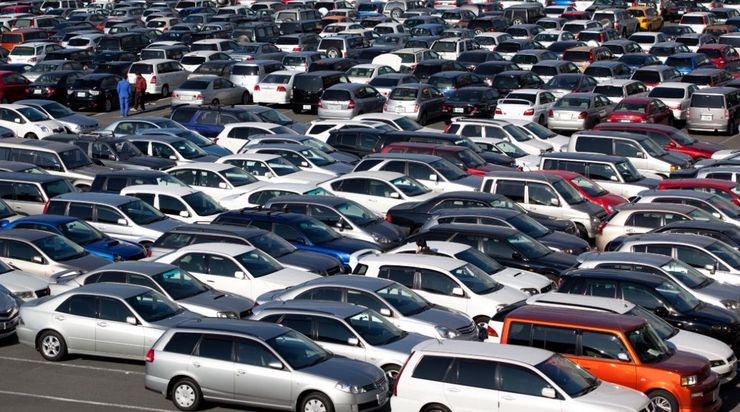By Decree of the Government of the Russian Federation dated July 1, 2022, number 1269, the installation of emergency call units has been postponed. But don’t confuse a temporary measure with a permanent one, and don’t delay with consent. Basically, according to the decree, “lafa” ended on October 1. That is, for cars imported in the second month of autumn, the procedure has become mandatory. And as a result, every imported car is included in the statistics, with which the average value can be calculated.
So “ERA-GLONASS” records up to 200 daily calls to connect to the system. Is it much or little? Seventy-three thousand a year, if you take the top bar. A drop in the ocean, because even in the most difficult years, the Russian market “consumed” dozens of times more: 1,666,780 cars in the post-COVID 2021, 1,599,000 in the covid 2020 and 1,600,000 in the nightmarish post-crisis 2015- ohm.
Parallel importing is nothing but holding up your pants, which is why dealers don’t rely on it. First they drove cars “in gray” in the spring and summer, and now they sell the remnants of those deliveries. The state-sanctioned “shuttle business” remains the fate of private traders and small businesses. Large companies will look for partners who can provide consistent and large-scale deliveries. Apparently, the Chinese will be: the share of sales of cars from the Middle Kingdom has grown to 31% and could easily cross the 70% mark of the market next year.














